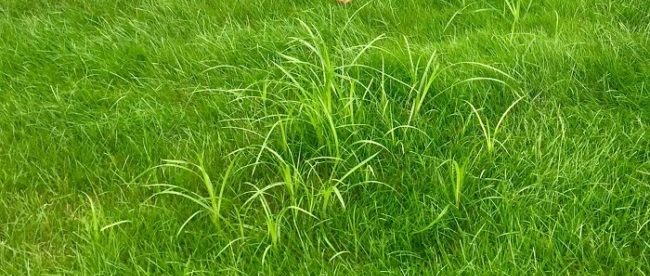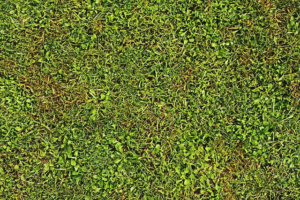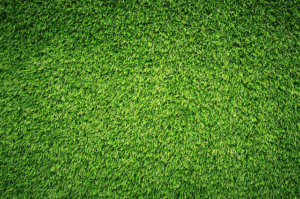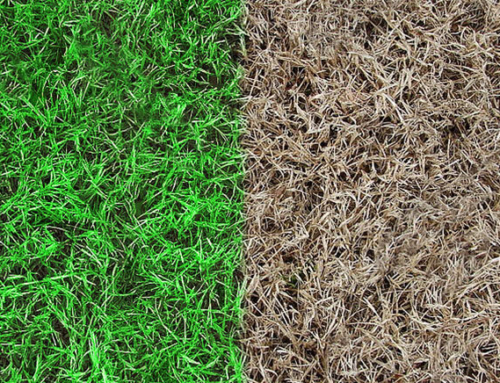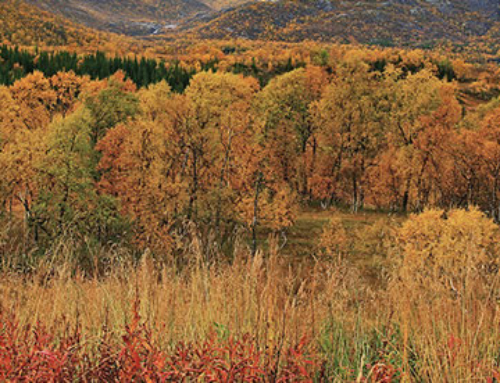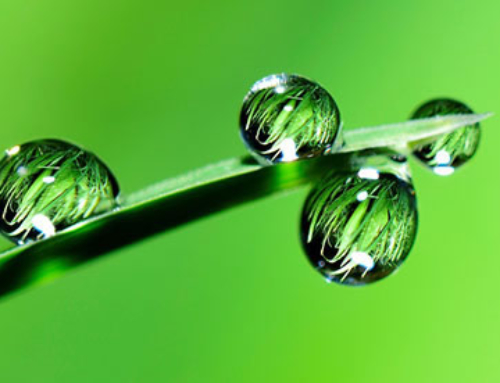What’s the difference between grassy weeds and grass?
To answer this question, let’s start with the definition of a weed. A weed is any plant growing in an unwanted area. In lawns, we typically organize weeds into one of two categories, a broadleaf weed or a grassy weed. Broadleaf weeds are easy to identify because they are large and sometimes look like flowers. Dandelions, henbit, and clovers are all examples of a broadleaf weed. On the other hand, grassy weeds can be a little harder to spot and identify because they look like grass.
Start with the end in mind
- This lawn is plagued with weeds.
- This lawn is weed-free and uniform.
Looking at the pictures above, the key difference has to do with grass density. The first lawn is full of weeds that are preventing the grass from growing. Conversely, the second photo shows what a weed-free lawn can look like.
Ask yourself, “What do I want my lawn to look like? Do I want it to be predominantly Bermuda or St. Augustine grass?” Once you have envisioned your goal, start by removing all unwanted plants.
Because grassy weeds act like grass, there is a three-step process to removing them.
Step 1 is to apply a pre-emergent to the lawn. Grassy weeds can spread thousands of seeds within their lifetime. You may think that you tackled the issue this year; but without the pre-emergent, you may be fighting the same problem again the next season.
Step 2 is to apply post-emergent to the visible weeds. The only catch to this step is that the ground temperature has to be warm for most chemicals to be effective. In other words, treating for emerged, grassy weeds in the winter may be futile.
Lastly, Step 3, is to do your part in encouraging the right plant (grass) to grow. If you will water properly, mow at the right height, and feed regularly, you will see results in no time.
Grassy weeds can be an invasive plant. Worst of all, they are a hindrance to the lawn you want. On the other hand, with a little bit of patience and vision, your lawn can be the best-looking lawn on your block.

